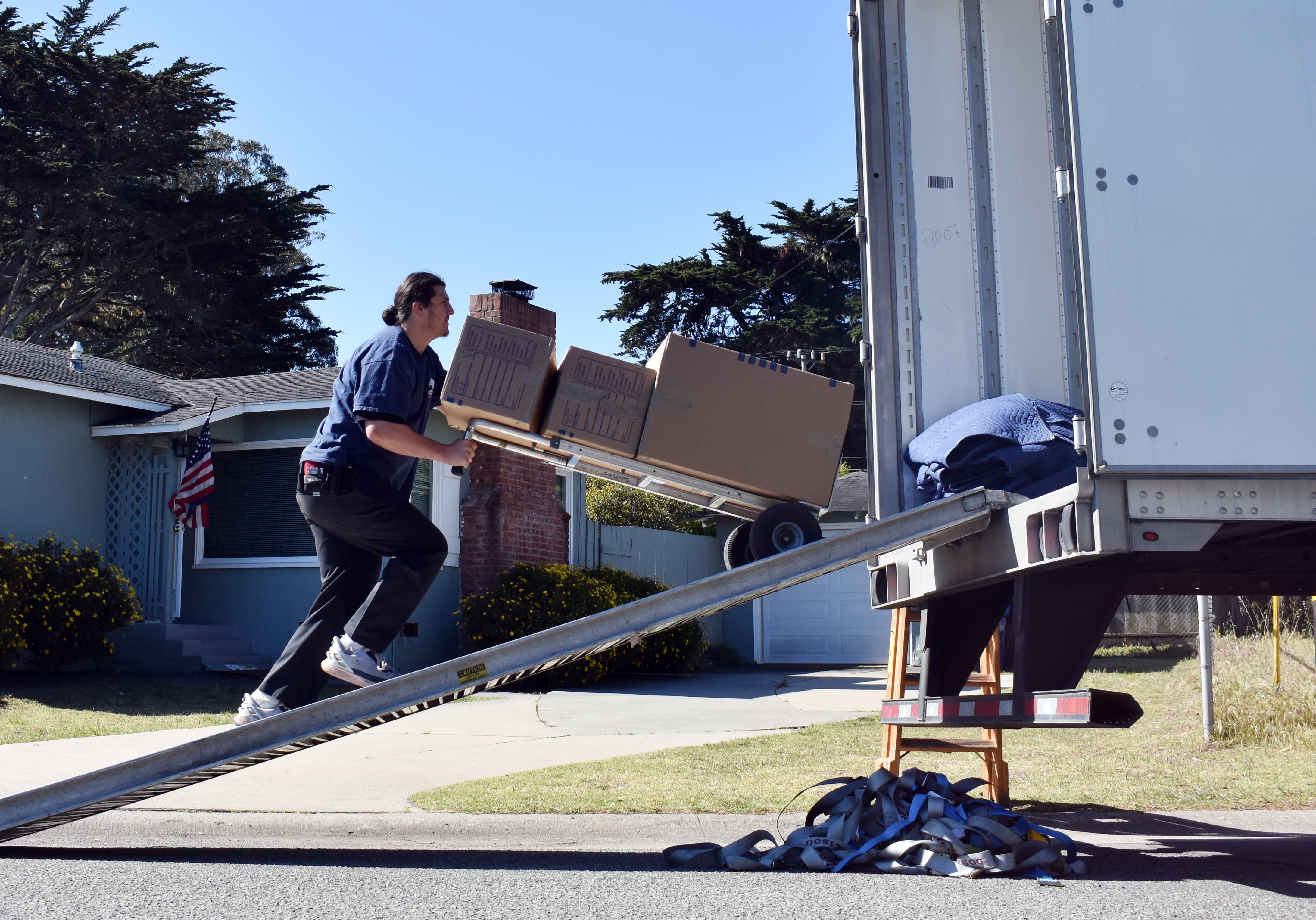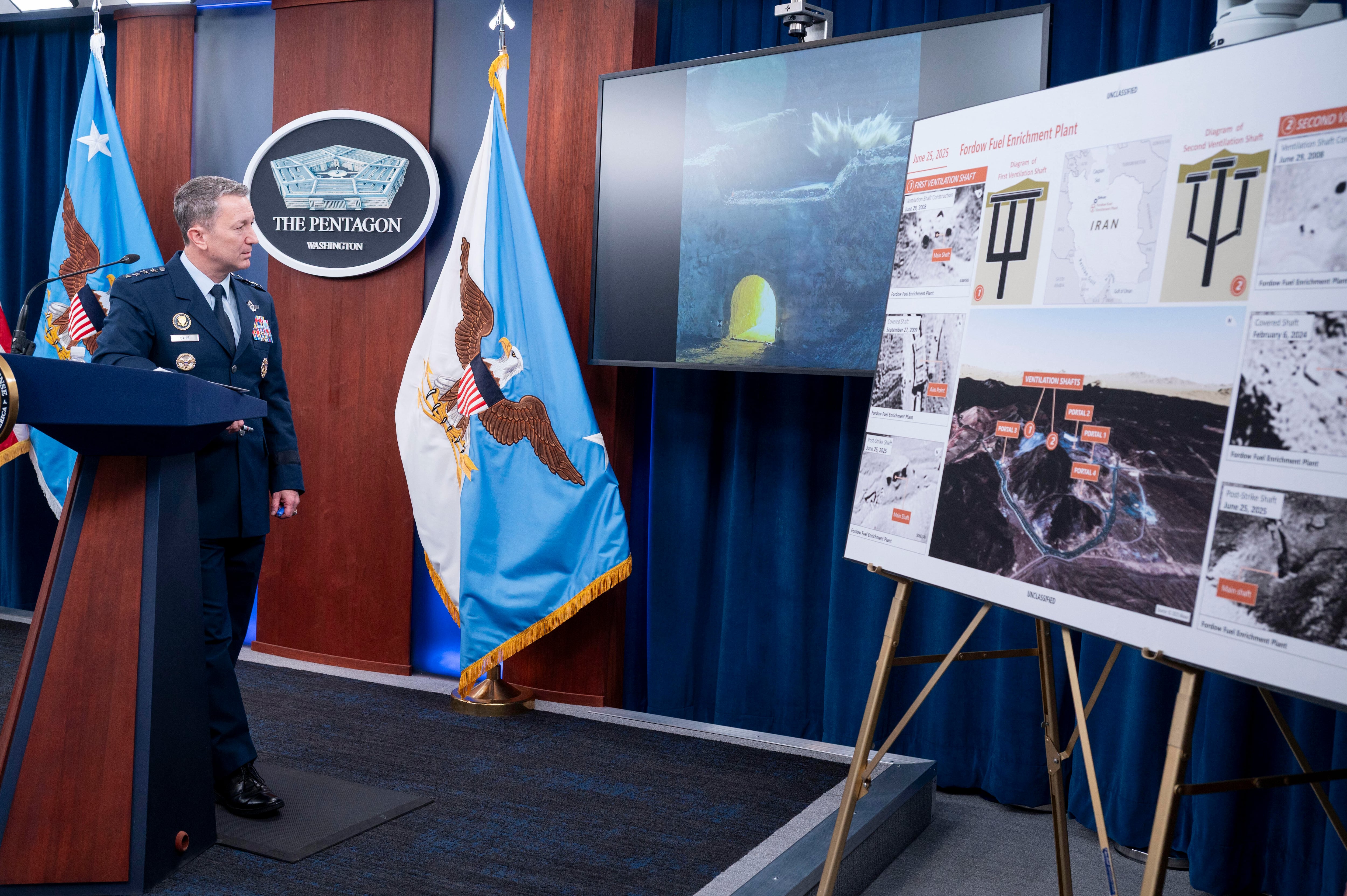On a flightline, it can often seem like Murphy's Law rules — anything that can go wrong, will.
"On a Monday morning, everything's great," said Chief Master Sgt. Bryan Cannon, the aircraft systems career field manager at the Pentagon. "As soon as the first engine starts, everything turns into chaos. Even when you're 100 percent manned, it's hectic."
And when flightlines start out undermanned, Cannon said, problems quickly compound as the week grinds on.
"Typically, if you have 24 airplanes in an [aircraft maintenance unit] and 20 crew chiefs on a day shift, you have four airplanes you can't touch," Cannon said. "Now if something breaks, well, now you have a two-man job ... you have to go pull a crew chief from another airplane, and now you have five airplanes you can't touch."
"And as the flying week goes on," Cannon continued, "you might have three or four crew chiefs at that point on an airplane, because now they have to jack it or tow it, or they have to do work that requires a large amount of manpower, and that just sucks in all your manpower. And these planes aren't getting any younger, obviously, most of them are over 30 years old. So they constantly break."
Relatively minor, but still necessary, tasks like cleaning aircraft? Forget about it.
"Things break, we're scrambling to pull people, hey, we were supposed to wash that airplane today, but go pull those crew chiefs off that airplane because we've got to fix an airplane that's supposed to fly in two hours," Cannon said.
Stephen Losey is the air warfare reporter for Defense News. He previously covered leadership and personnel issues at Air Force Times, and the Pentagon, special operations and air warfare at Military.com. He has traveled to the Middle East to cover U.S. Air Force operations.





